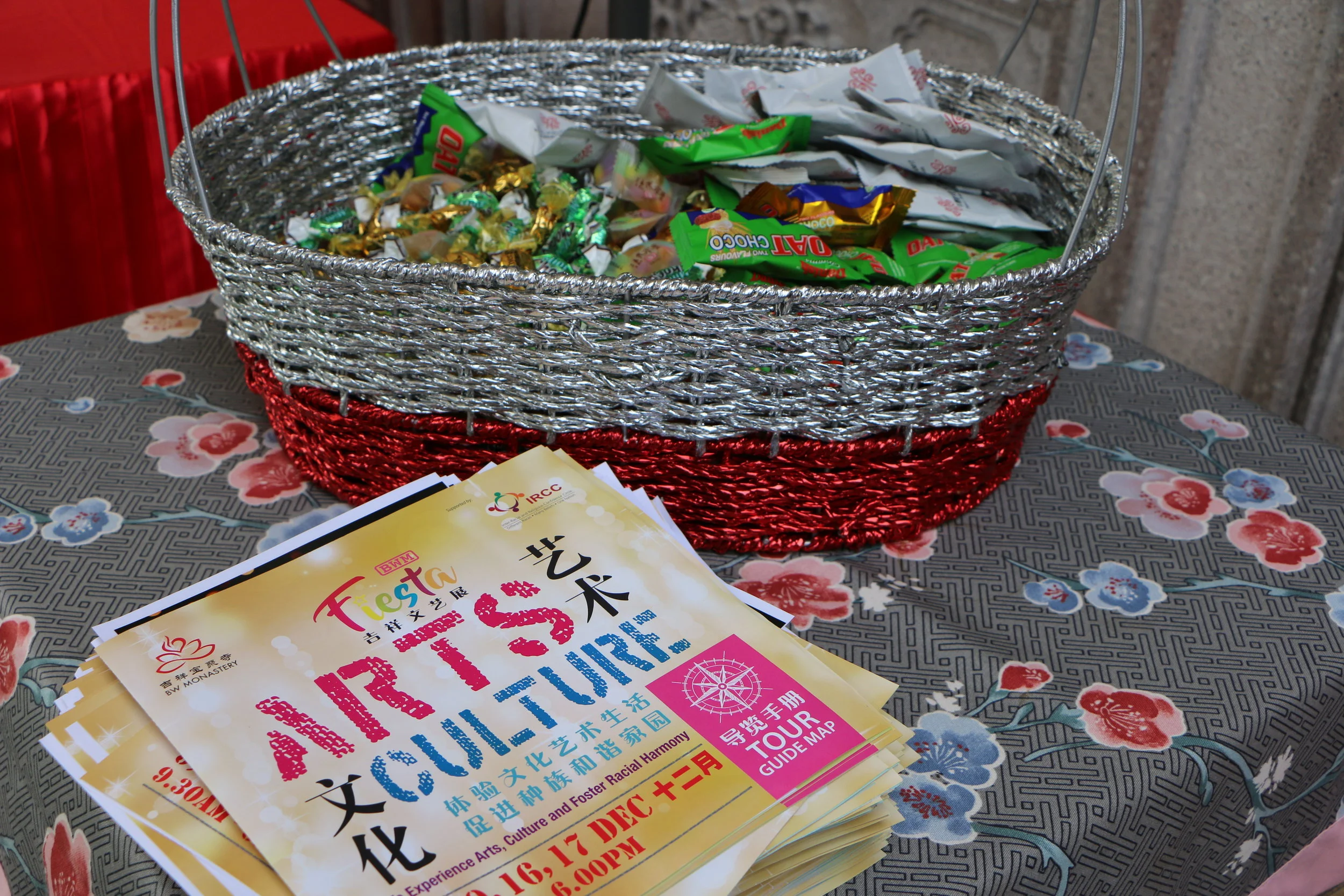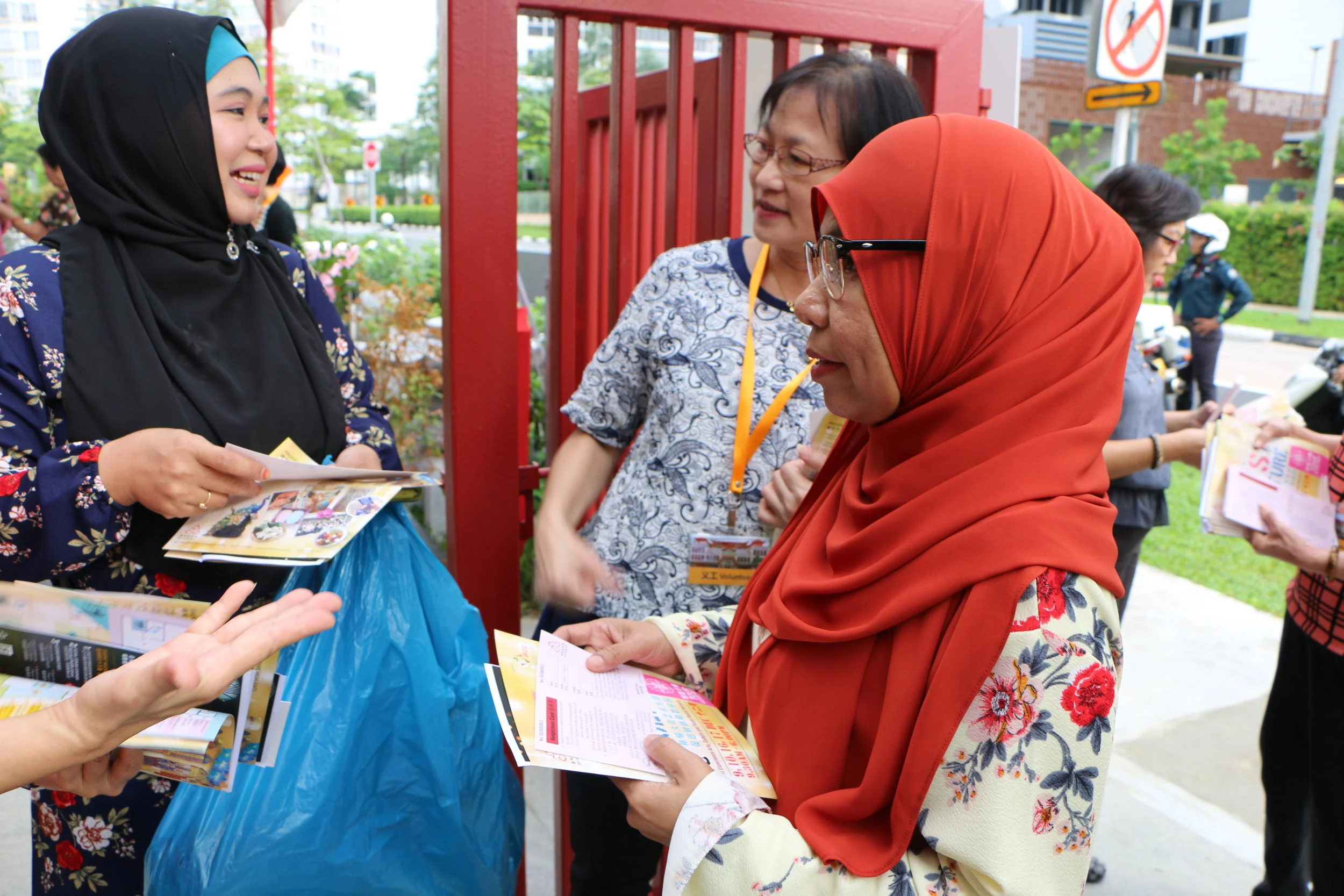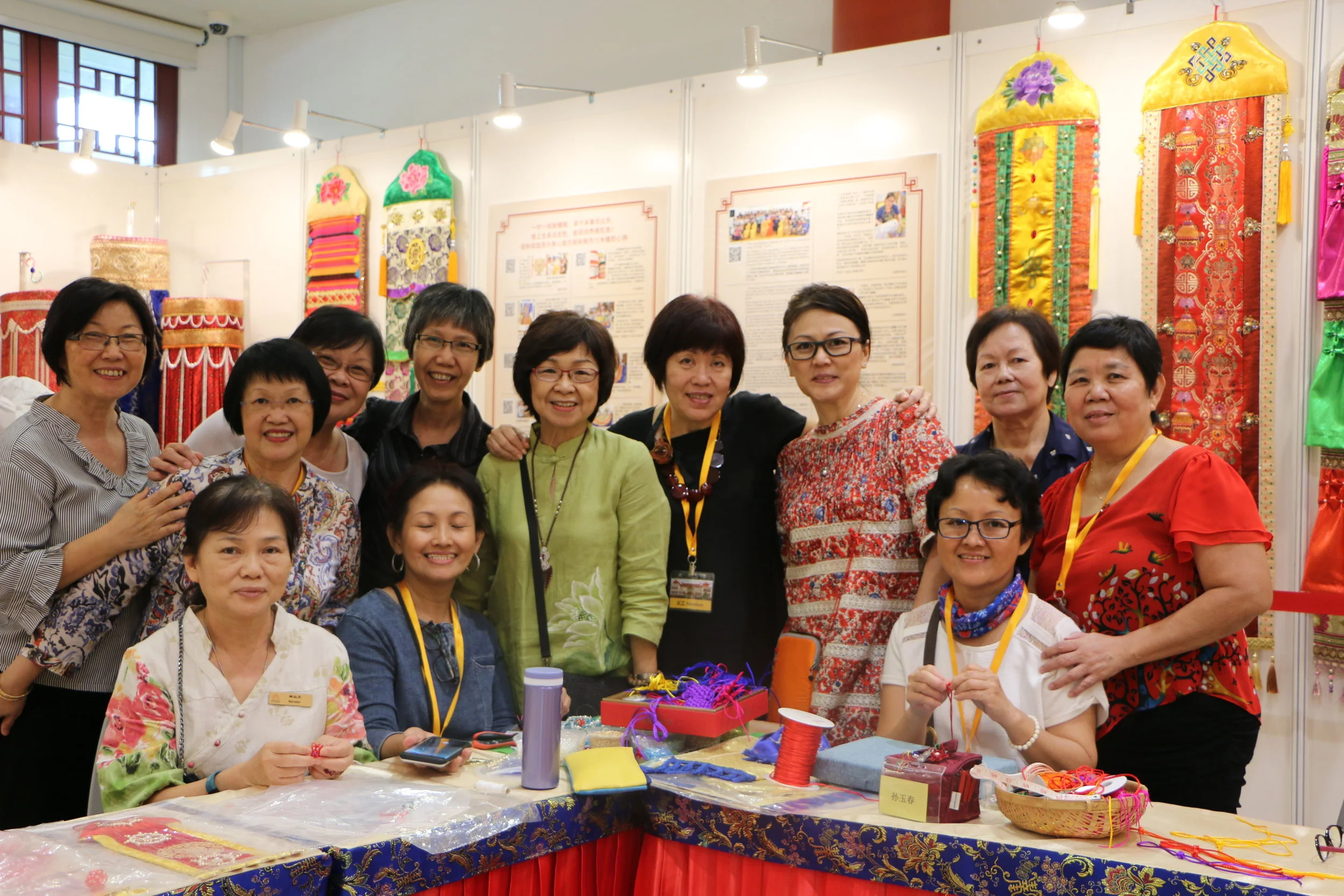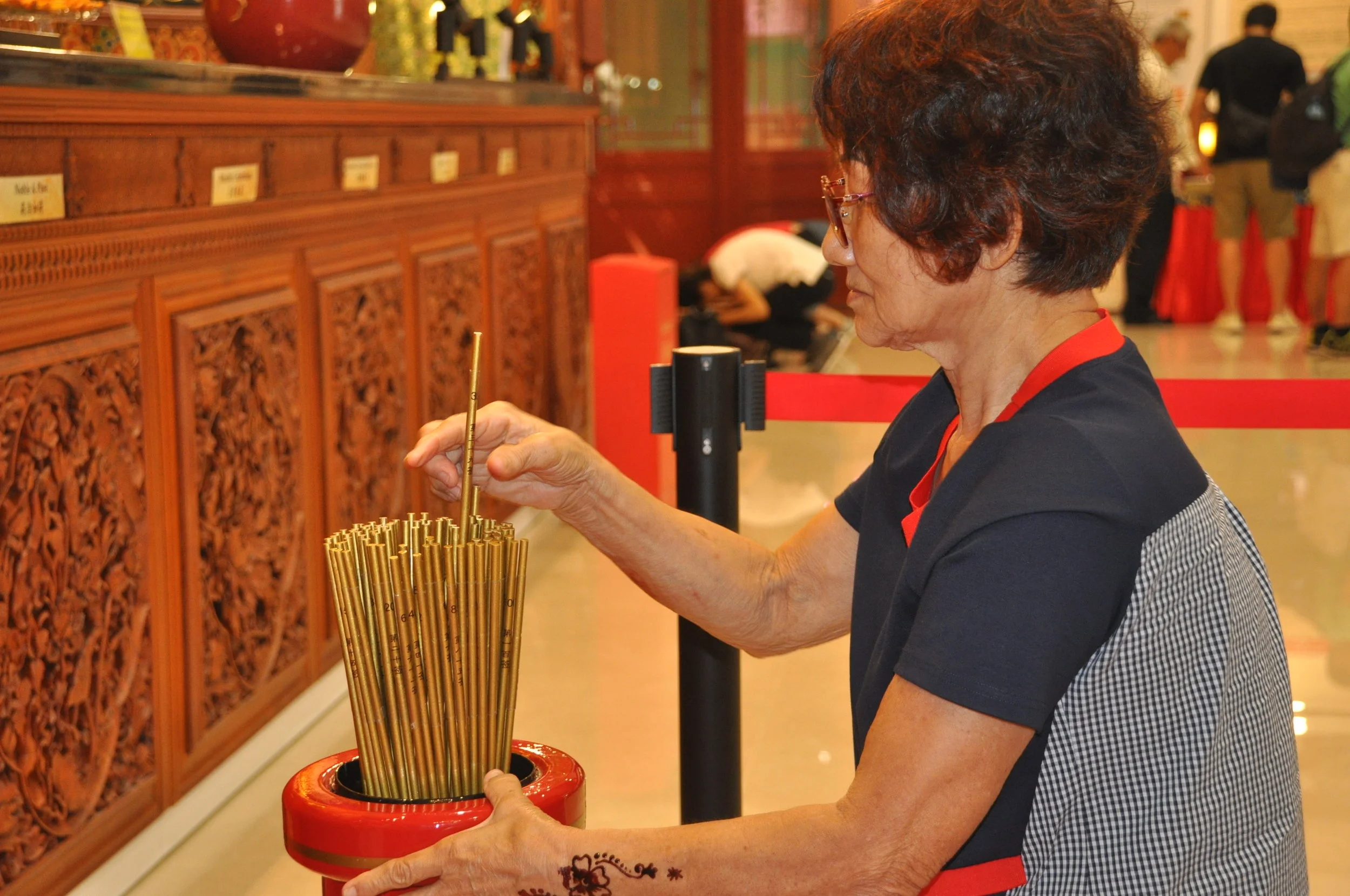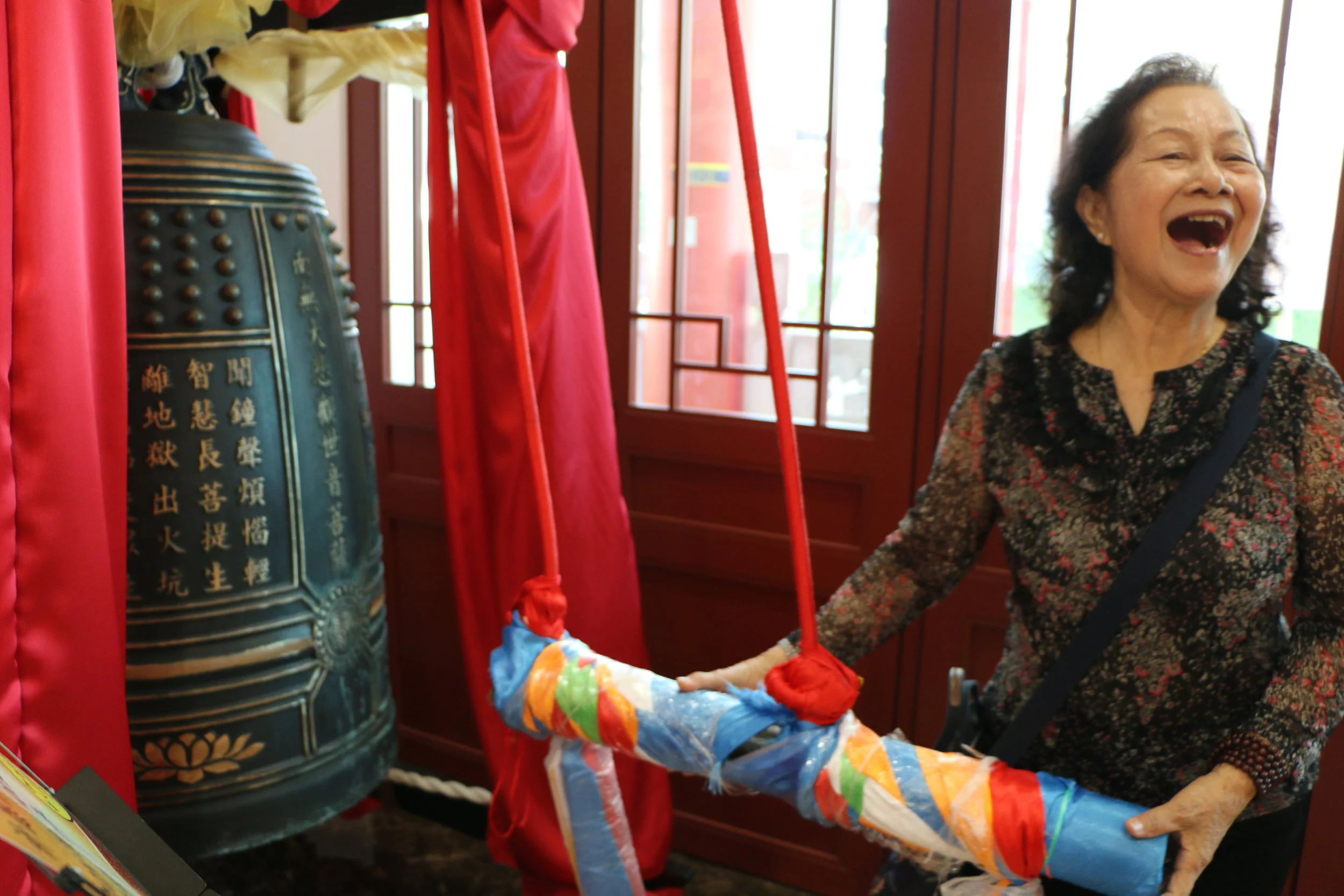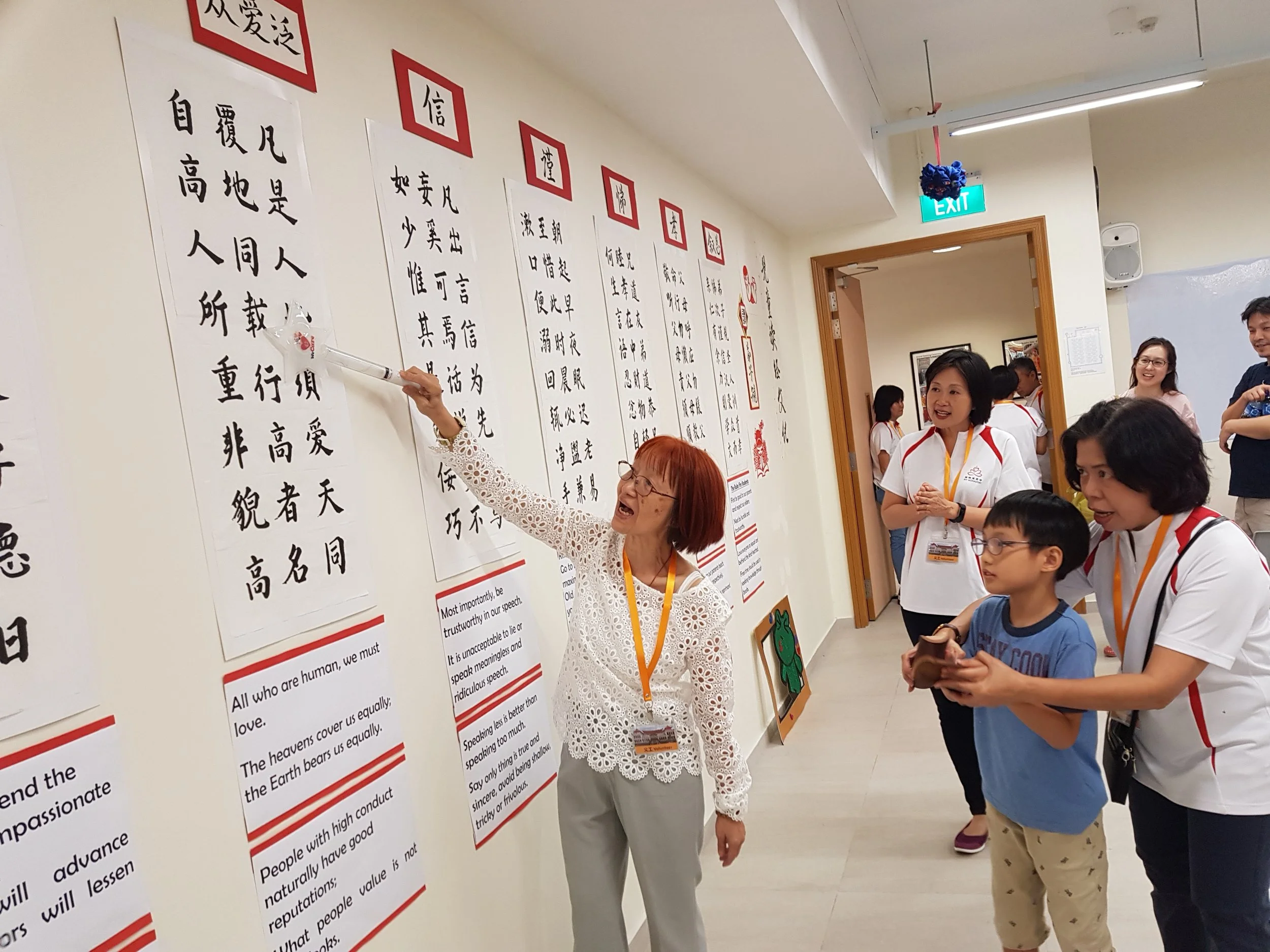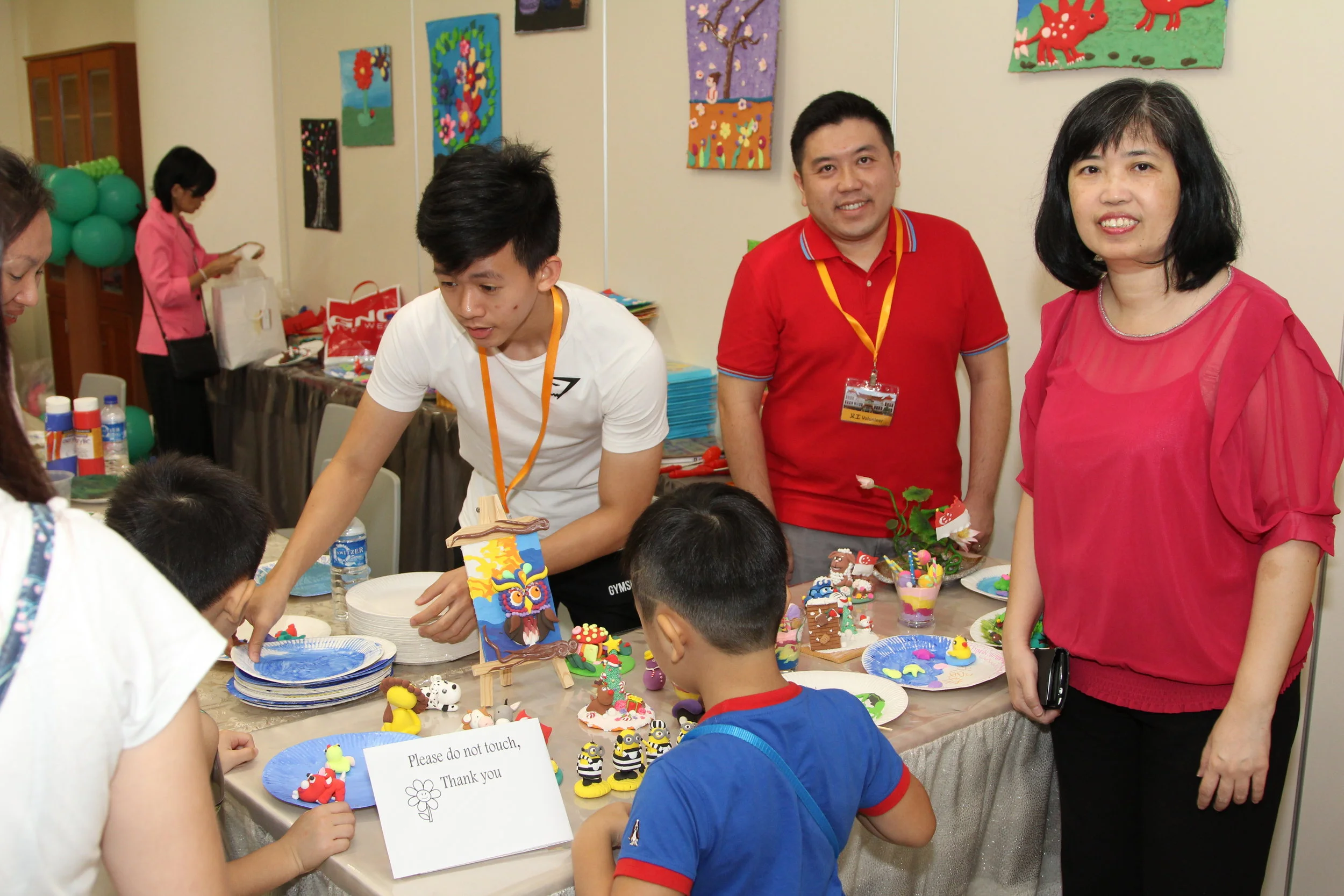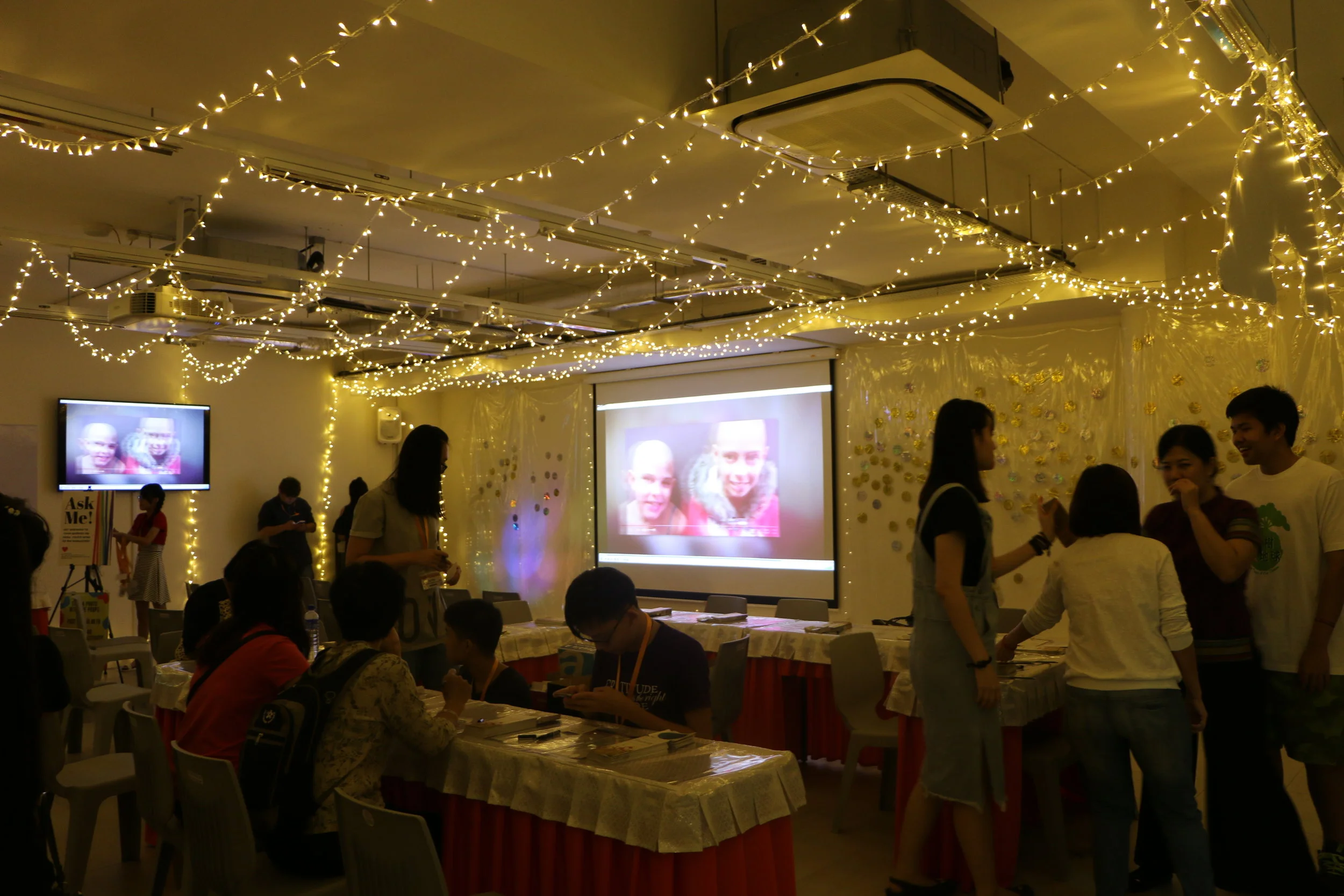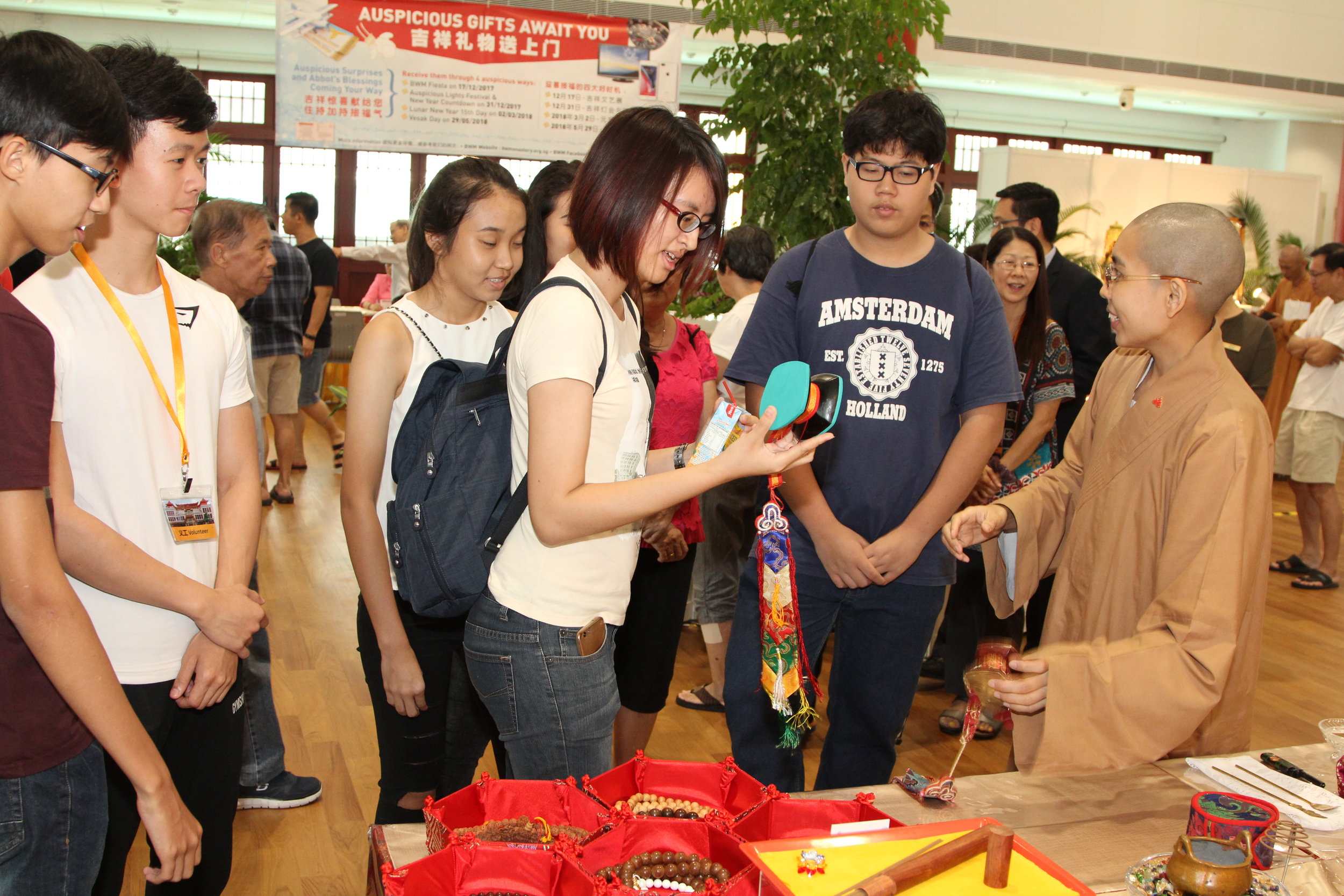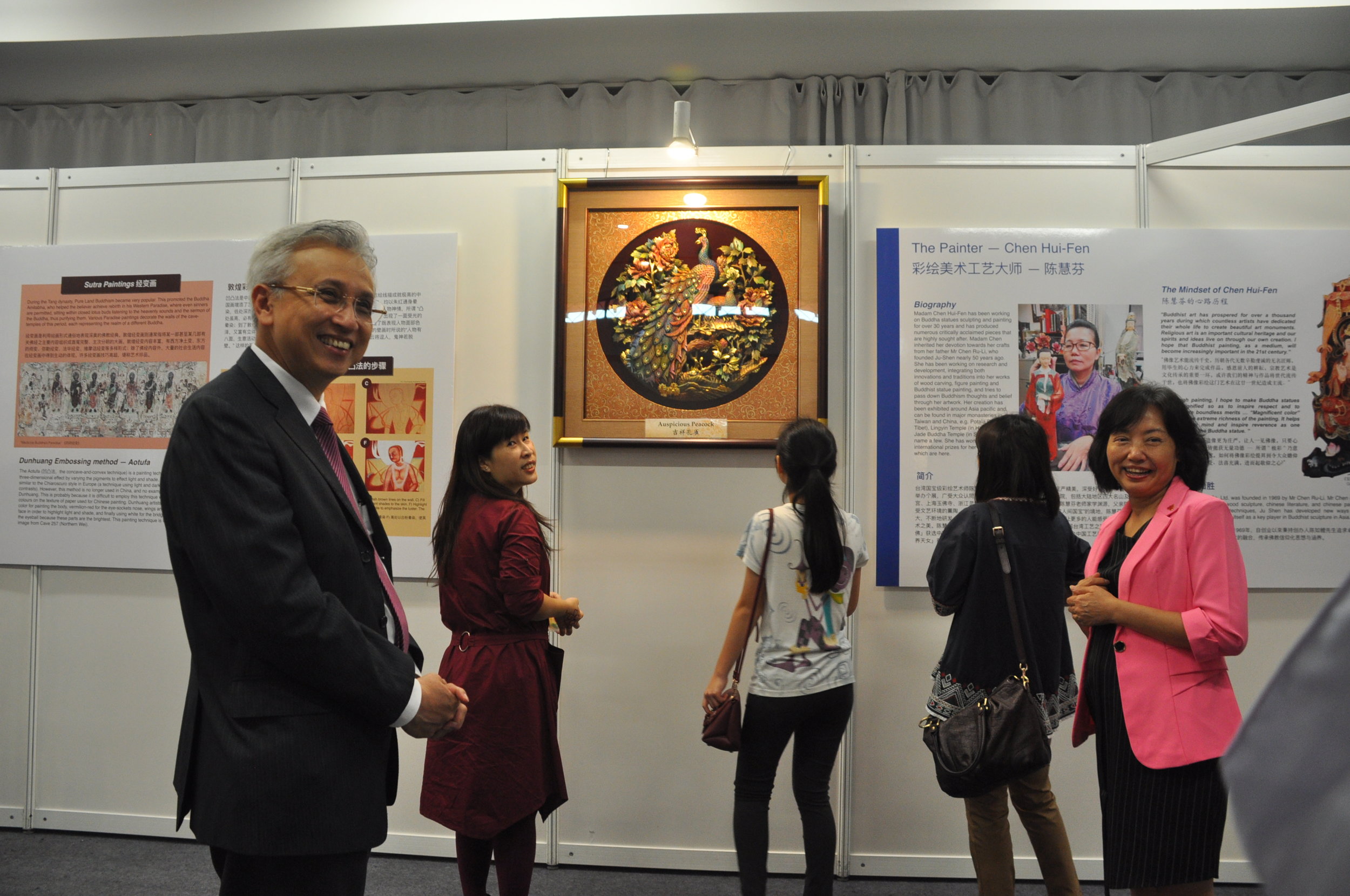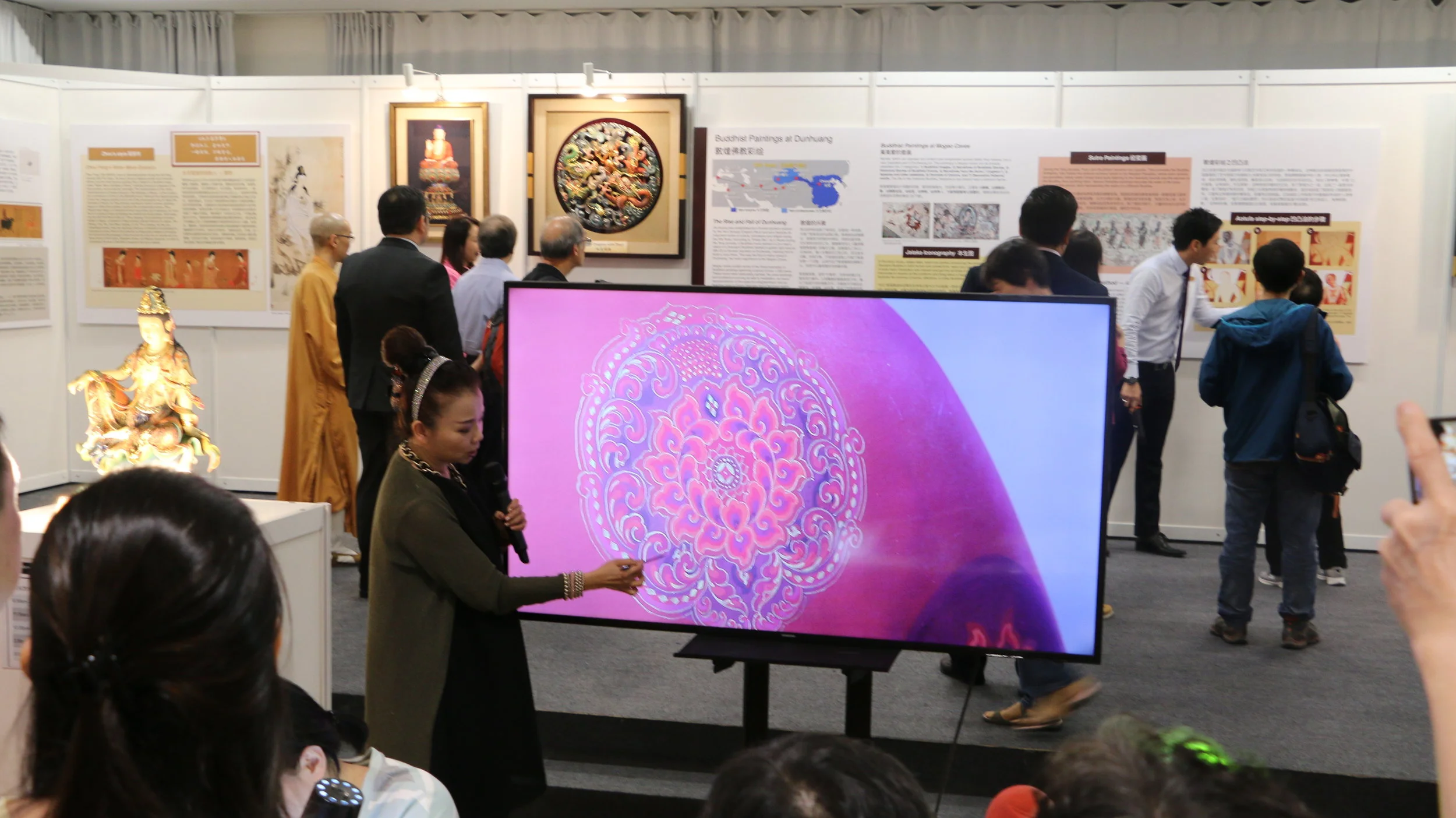BWM Arts and Culture Fiesta
BW Monastery’s inaugural Arts and Cultural Fiesta came to a successful closure after 2 weekends of outreach. The fiesta presented an alternative narrative towards the education of Buddhism with emphasis on the history of Buddhism art in Chinese society as well as introduction to the various ritual items that are commonly seen in monasteries or used by Buddhists.
For over 2 weekends, more than 3000 persons attended the fiesta. Preparation for the fiesta only started in October and was carefully crafted to ensure that there was something suitable for everyone who attended. For the cultural history enthusiasts, spending time at level 4 of the monastery would be the most interesting. Visitors had access to view ancient sutra such as the dragon sutra. This sutra consists of the compilation of all the sutras and some commentaries since they became available in handwritten forms. There were works commission during Emperor’s Kangxi’s reign, as well as Japanese and Tibetan versions. The Diamond sutra with one page written in gold by Emperor Kangxi as well as a traditional sutra with carvings on leaf was also available.
As Buddhism spread into China, starting from the Han dynasty, the Silk Road was an important route to facilitate this. At a later time, during the Tang dynasty, art was very much used as a medium to communicate this faith to the people of that time. For purposes of meditation or ways to make offerings and respect to Buddha, caves were commonly dug out as the first step along Dunhuang, which existed along the Silk Road. Highly skilled artisans were then commissioned to create sculptures and have them fully painted in a certain fashion. Mural paintings within the confines of the walls were also typical features to illustrate some of the life stories of Buddha or parts of the dharma from the sutras. Families who commissioned these walls also frequently included images of their own family members on these walls expressing the desire to become enlightened and be with all Buddhas eventually.
The popularity of the caves diminished with time along with the abandonment of the use of the Silk Road, only to be re-discovered again in the early 1900s. As part of this fiesta, BW Monastery had the honor to invite Ms Chen Hui Fen, one of top artist from Taiwan who specializes in recreating the art forms of Dunhuang’s time, to be present as well. With her disciples, they gave live demonstrations to illustrate the intricacies and challenges of the painting style of that era.
Further to this art form, there were also a wide variety of ritual items such as prayer wheels, chanting beads on display with narrators to explain what they meant and why they are used by the Sangha members or by Buddhist in general.
Rooms at level 3 of the Monastery were converted into activities room suitable for everyone to participate. They consist of soap making, karaoke singing, Confucius analects recitation as well as a positive aspiration room. These were extremely popular with families as all members could participate together. At the main shrine hall, level 1, huge chanting instruments like the wooden fish, drums and ringing bells were open for visitors to have a try with as these are normally not allowed to be used or touch by laypersons.
At the basement carpark, it was conveniently turned into a food bazaar. Free flow of vegetarian food and beverages were lined up on one side of the carpark. Dried vegetarian foodstuff packed the other half of the carpark. Recipes of vegetarian dishes were also shared with visitors to illustrate the many creative ways of developing nutritious meals for the otherwise concern.
Overall, spending a few hours at the fiesta brings another layer of understanding and education to Buddhism. It was also a meaningful afternoon spent with friends and family.

